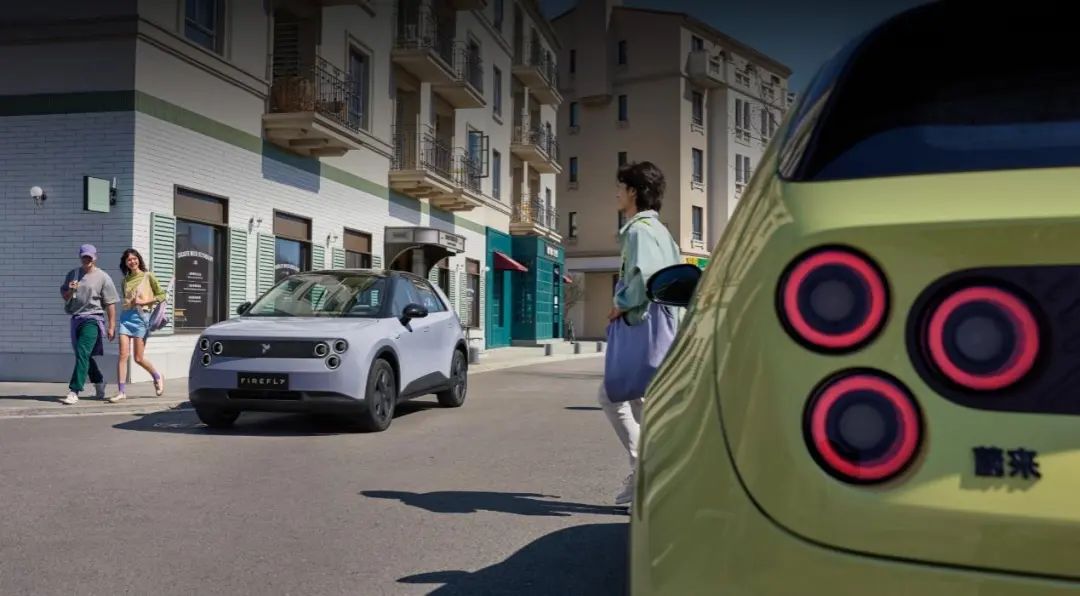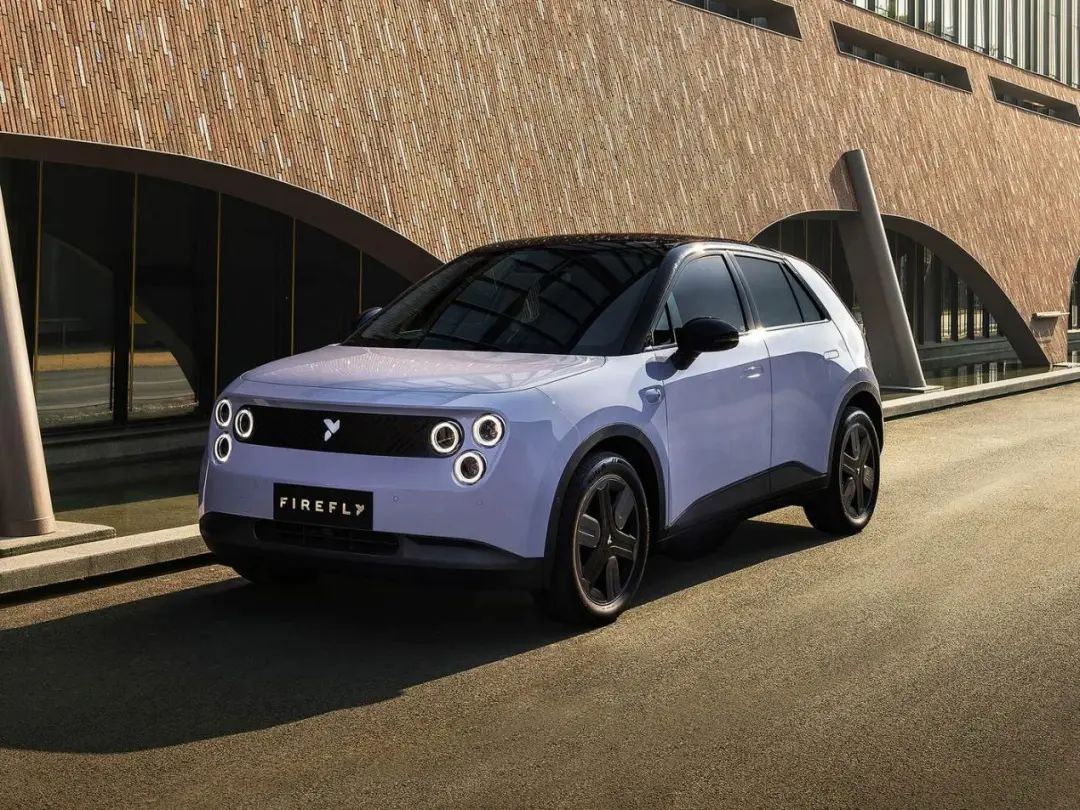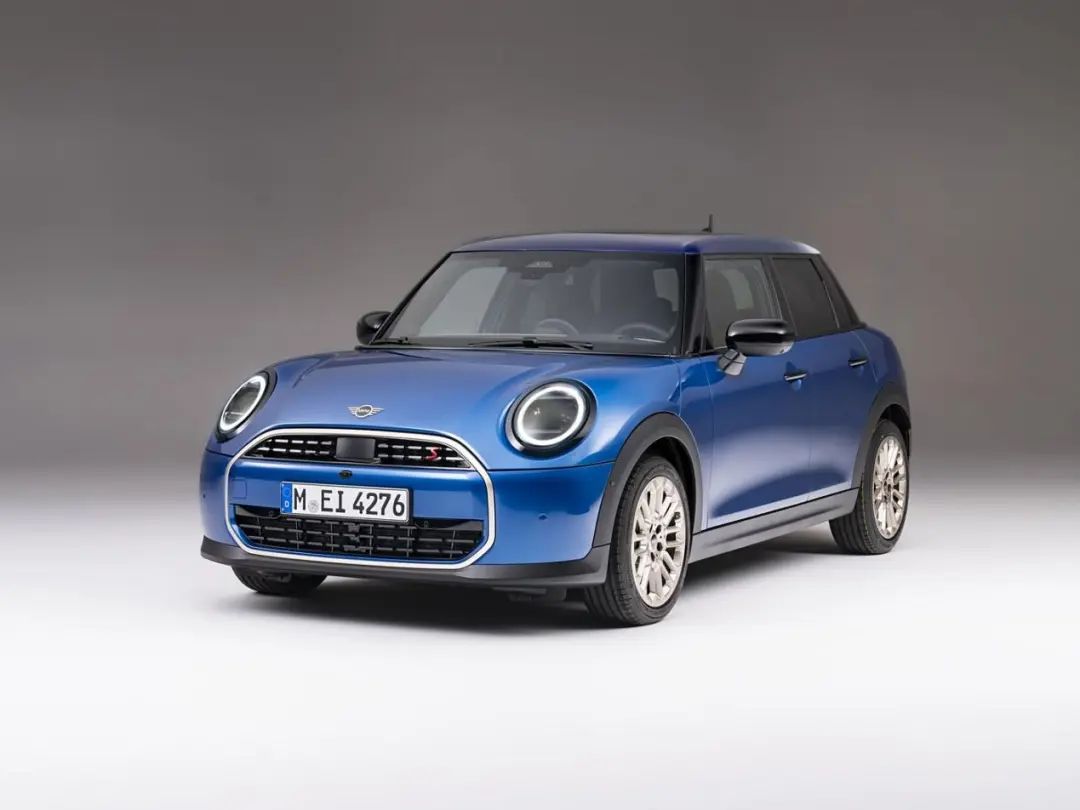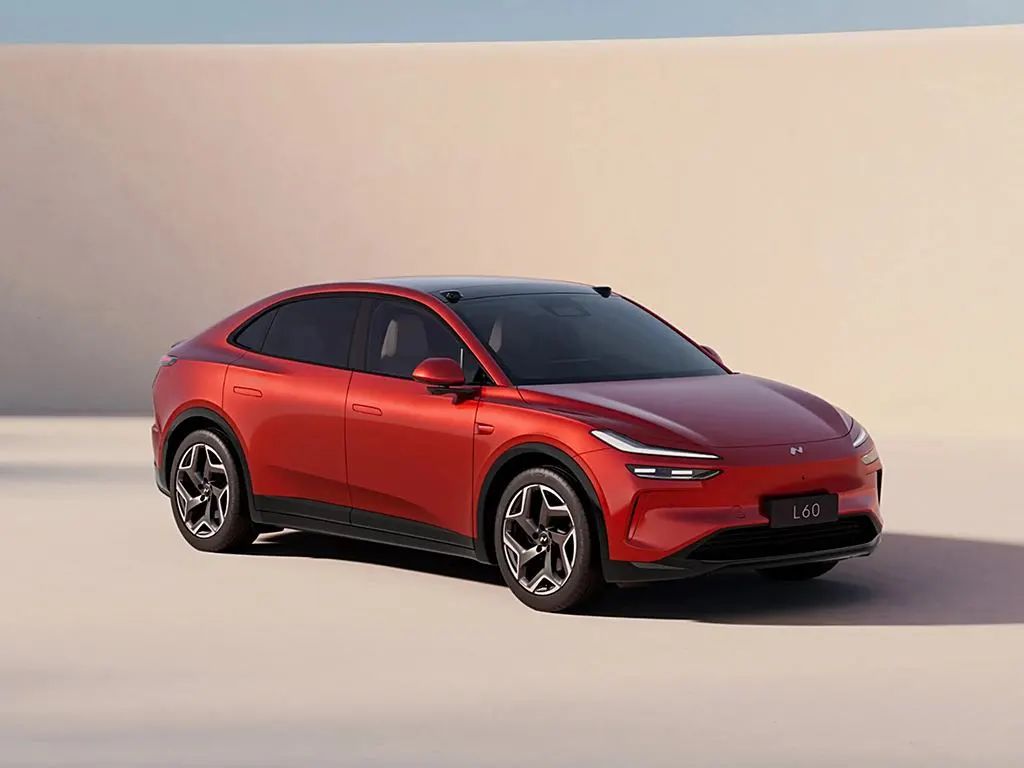Can Firefly, Aiming at BMW MINI, Circumvent the Pitfalls of NIO's Ledo?
![]() 05/12 2025
05/12 2025
![]() 660
660
Lead
NIO's sub-brand Firefly has recently unveiled its inaugural model, priced at 119,800 yuan. Positioned as a compact pure electric vehicle, it stands out in NIO's luxury lineup. However, NIO's founder Li Bin heralds it as the finest and safest small car ever. Will this global high-end smart electric vehicle meet NIO's aspirations for overseas expansion and significantly boost sales?
Produced by | Heyan Yueche Studio
Written by | Cai Jialun
Edited by | He Zi
Total words: 1779
Reading time: 3 minutes
As the new energy vehicle industry undergoes rapid consolidation in 2025, NIO faces a growth plateau in the high-end market. The introduction of Firefly fills a void in NIO's small car segment. While NIO's flagship brand targets the 300,000 yuan-plus market and Ledo caters to mainstream families, Firefly enters the scene with a bold stance as a global high-end smart electric small car, directly challenging BMW MINI and Smart. NIO's unconventional approach raises questions about its success potential.

△Firefly directly targets BMW MINI
Firefly's Foray into the A0-Class Market
With the burgeoning popularity of A0-class pure electric small cars, industry giants are increasingly venturing into this segment. Whether it's Wuling Hongguang MINI pioneering low-cost electric vehicles or Geely Xingyuan's subsequent rise, the A0-class market has always attracted major automakers. Firefly enters this market with a starting price of 119,800 yuan, offering a technological leap over traditional fuel-powered small cars. From a branding perspective, it marks the first time a domestic automaker challenges BMW MINI's dominance with a high-end boutique approach.
Firefly's debut model is equipped with a 42.1kWh lithium iron phosphate battery, providing a CLTC range of 420 kilometers. Coupled with a rear-mounted 105kW electric motor and a five-link independent suspension tuned by Moti Marti, it outperforms competitors like BYD Haiou and Geely Xingyuan in both range and handling. As an A0-class vehicle, Firefly comes standard with 9 airbags, 24 high-performance sensing hardware, and 128 TOPS computing power, complemented by NOP, NIO's pilot-assisted driving system. It is essentially a scaled-down version of NIO's proprietary technology. Thus, Firefly's edge lies not in spec stacking but in NIO's decade-long technological accumulation. This not only equips the A0-class car with safety configurations and scenario-based capabilities surpassing its peers but also facilitates convenient living through NIO's shared energy replenishment network. Firefly eschews the traditional A0-class market's affordability focus, breaking the stigma that small cars are merely cheap transportation tools.

△Firefly continues NIO's high-end configurations and battery swapping network
Taking on BMW MINI
Adhering to BMW MINI as a benchmark is how Jin Ge, President of Firefly, explained the brand's positioning during a media interview. Comparing Firefly to BMW MINI is a savvy marketing ploy by NIO's founder Li Bin. However, whether Firefly can compete with the globally renowned BMW MINI remains a significant industry controversy surrounding the brand.
Firefly does possess certain strengths, offering most of BMW MINI's electric version's configurations at a price of 119,800 yuan: Dolby Atmos sound system, 256-color ambient lighting, and an L2+ level driving assistance system. Some BMW MINI options come standard on all Firefly models. From a product capability standpoint, Firefly is indeed more appealing than BMW MINI's electric version. Built on a pure electric platform, Firefly boasts a wheelbase of 2615mm, addressing the common issue of A0-class cars being visually appealing but spatially impractical.
However, brand gaps cannot be bridged solely by specifications. BMW MINI's 60-year cultural legacy is attractive enough for global users to pay a premium for its design. Although Firefly initially targets the global market, particularly aiming for a significant share in the European market, facing the EU's minimum pricing policy for Chinese cars, Firefly's ambition to supplant BMW MINI is unlikely to be realized overnight.

△Firefly needs to enhance both its product and brand strength to compete with BMW MINI
Avoiding Ledo's Pitfalls
Amidst fierce competition in the new energy vehicle market, NIO's multi-brand strategy could be a game-changer. The flagship brand upholds high-end technology benchmarks, Ledo shoulders sales responsibilities, and Firefly explores new global product paths. However, NIO's sub-brand strategy still reveals significant contradictions. As a budget-friendly alternative to NIO, Ledo L60 initially garnered much consumer attention, giving NIO hope. However, sales plummeted in 2025, with 5,912 units delivered in January (a 43.8% month-on-month drop) and further declining to 4,049 units in February, reaching only 4,400 units in April. Ledo lacks the flagship brand's high-end aura and misstepped in the family car segment, failing to timely bolster NIO's sales.
Therefore, Li Bin acknowledges that Firefly must avoid Ledo's pitfalls by not creating a separate sales team but rather leveraging NIO's terminal sales staff. Additionally, Firefly will increase inventory in advance to avoid delivery delays due to insufficient production capacity. The new brand has refrained from heavy promotion, minimizing costs in sales and stores.

△Recent sales performance of Ledo L60 has been bleak
Commentary
Firefly's launch heralds a new era of "refined combat" for domestic new energy A0-class small cars. Positioned as a high-end brand, NIO has sufficient allure in bringing high-end technology to A0-class cars. However, with the industry's technological dividend waning, any strategic innovation must be grounded in the company's financial health. Is NIO's multi-brand strategy a necessity or a dissipation of resources? Firefly's subsequent sales performance will determine the answer.
(This article is originally created by Heyan Yueche and may not be reproduced without authorization)








